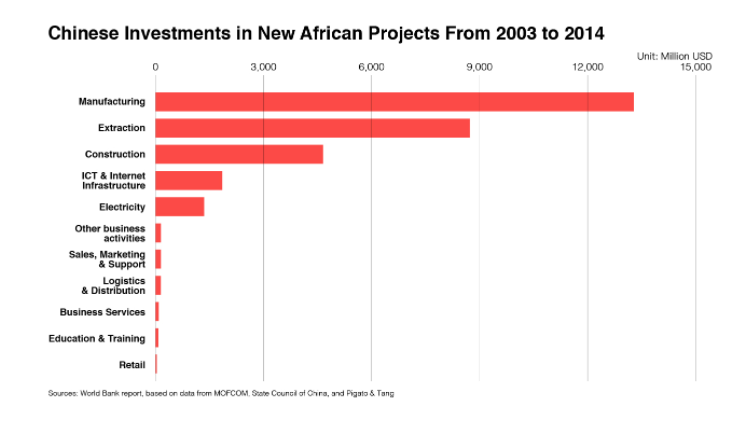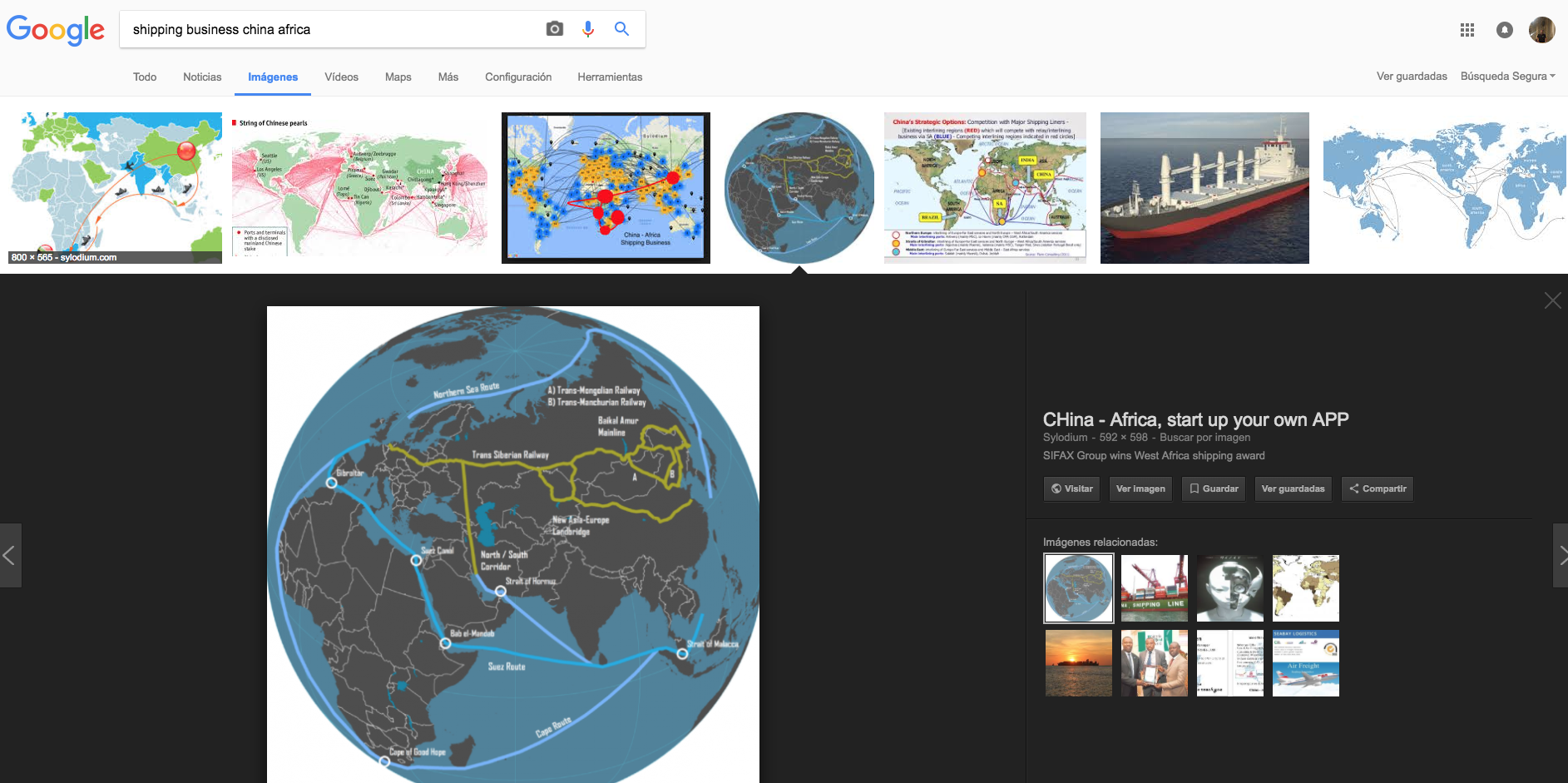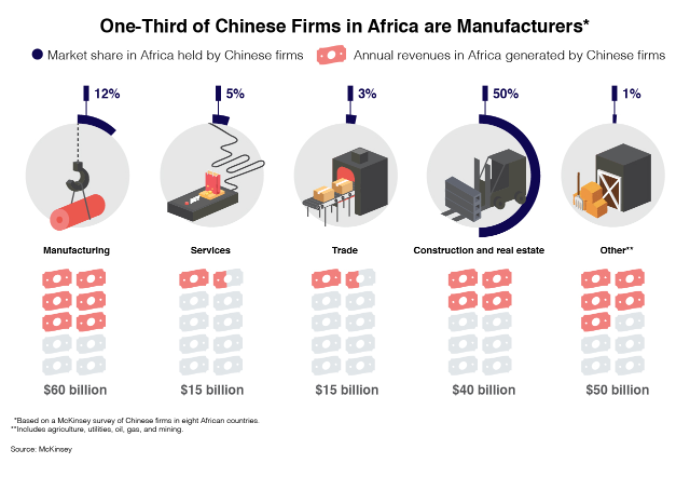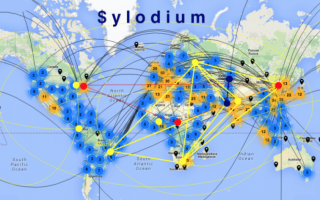Chinese manufacturers in Africa
African visionaries to Chinese companies
have you heard about Belt and Road?
To many Kenyans, and citizens of several other African countries, China’s One Belt One Road (OBOR) initiative is such a distant, if not an abstract concept not worth giving a second thought to.
That has been the general feeling until Baker McKenzie and Silk Road Associates released a November report insinuating that countries such as Kenya, Tanzania, Ethiopia, Djibouti and Egypt are set to benefit immensely from the initiative.
Have you heard about the number of Chinese manufacturers in Africa?

“Faced with increasing labor costs, Chinese manufacturing firms have begun relocating to countries with lower wage rates, including several in Africa,”
You can manage the relationship between your African country and China
contact us here info@sylodium.com)
African entrepeneurs - Chinese companies
The OBOR is a drive to raise hundreds of billions of dollars every year to link up all China’s trade corridors with an improved network of railways, roads, pipelines, maritime lanes and utility grids.Our logical business system, allows you to segment your target markets to be seen, and dominate the bilateral trade niches you choose from China to Africa.
You dominate your import-export niches: feel the power"
Africa Takes a Seat in the ‘Made in China’ Workshop
New from CaixinGlobal.com
(Nairobi, Kenya) —On the surface at least, tile-maker Twyford Ceramics looks like a precisely stamped copy of the thousands of manufacturers that have earned China the nickname of “Workshop to the World.”
“We are now in an initial stage of learning, and you can’t compare the current workers with Chinese workers,” said Li, 36, who lives by himself in Kenya apart from his wife and two young children in China. “But Kenyans are learning very fast. We are optimistic, we have a plan, say in three years, that at least the line group managers and supervisors can be replaced by local Kenyan colleagues, which we have already put into the company’s localization policy.”
The native of China’s Shandong province added that Twyford is also moving beyond Kenya, with another plant opening in Ghana earlier this year and a third under construction in Tanzania.
Chinese firms are now responsible for about 12% of Africa’s $500 billion worth of industrial production each year, according to a report published this year by McKinsey & Co.

“Africa looks like what China was 20 years ago. In 1990, China accounted for 2% of globally manufactured output with a population of 1 billion people. Africa right now has 1 billion people and on the order of 1% to 3% of global output,” said Irene Sun, a consultant at McKinsey.
More recently, China has also begun exporting its infrastructure-building prowess, partly in a bid to improve its image and also to facilitate its trade with the region. The small East African nation of Djibouti exemplifies that trend, receiving more than $10 billion in Chinese investment over the last few years to help develop its ports, railroads, pipelines and other infrastructure connecting it with energy-rich neighbor Ethiopia.
Trading roots
Many companies setting up Africa shops began life as importers of Chinese goods to the continent. But as the cost of those goods rose, combined with the impact of shipping costs and import duties, many realized it might be cheaper to produce locally. Accordingly, the current range of products is currently dominated by lower-end goods, especially heavy and bulky items that are expensive to ship and relatively easy to produce locally.

The McKinsey report noted that 93% of revenues earned by Chinese manufacturers it interviewed came from local sales, though a few exceptions did exist. To truly imitate the China model, the new manufacturing machine will have to achieve larger scales, and become far more focused on shipping goods overseas from product-specific clusters, experts say.
“The plan is to produce for local consumption first, but will ultimately export into Africa and elsewhere.
China - Africa 4.0 - 27/01/2019
China - Africa 4.0 - 11/09/2018

